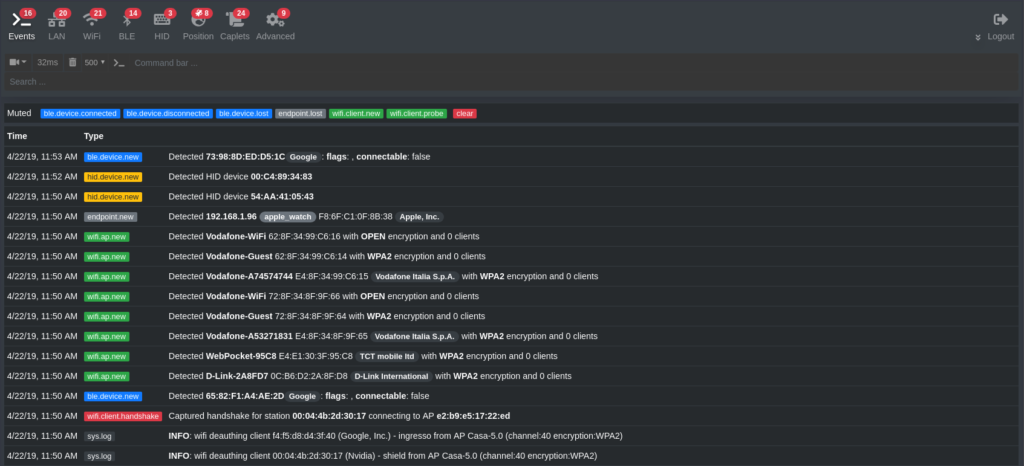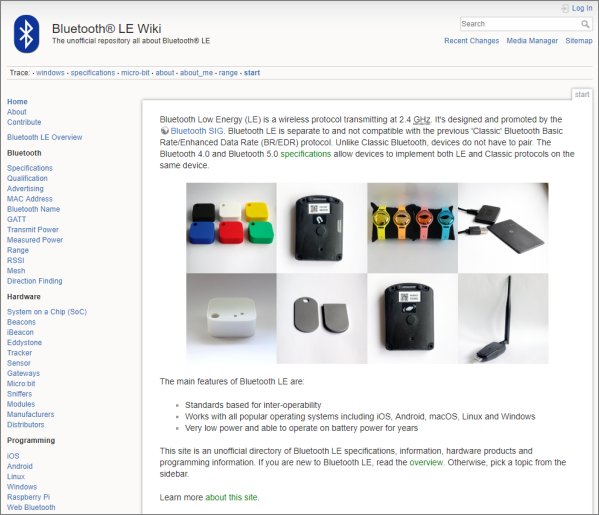There’s an interesting BtleJuice Bluetooth Smart (LE) Man-in-the-Middle framework on GitHub. It allows you to listen in on the Bluetooth GATT communication that goes on when an app connects to a beacon.
The majority of, scanning-type, apps don’t tend to connect via GATT and only read the advertising data that’s available to anyone. Connection usually only happens when configuring beacons or in advanced scenarios where the apps needs to read sensor or battery data. Some custom platforms’ apps also connect to beacons to perform platform related things such as remote setup, security or other such things specific to the platform.
The availability of a Man-in-the-Middle framework presents a security threat. The likelihood depends on the scenario. In the case of most beacons, the main GATT connection activity is one-off beacon setup by an administrator. In these cases the beacon communication interception is very unlikely.
The larger problem might be with platforms’ apps that connect to beacons where GATT connections happen regularly via users (platform apps) and not under control of an administrator. The implications of the communications data being able to be eavesdropped obviously depends on what’s being communicated. That being said, most current non-Beacon Man-in-the-Middle (WiFi) attacks usually have financial motivations. It’s difficult to think up beacon attacks that might lead to financial gain for the attackers. Nevertheless, if you work with such a system that regularly connects to beacons via GATT, you might like to think about the consequences of data and metadata (what’s being changed) eavesdropping.
A more positive use of BtleJuice might be to discover and reverse engineer Bluetooth GATT Services. As mentioned in a previous article, some of our beacon manufacturers haven’t documented their Bluetooth Service Characteristics. This means that while they are ok for scanning/proximity type applications, you can’t write your own app to, for example, change programatically the UUID, major and minor and must rely on the manufacturer’s configuration app or, in the case of the Sensoro beacon, their SDK. While this of no consequence for the majority of uses, more ambitious scenarios might want directly access the Bluetooth GATT services. BtleJuice provides a new way to reverse engineer those Bluetooth GATT Services.

